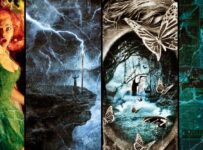Welcome back to Inconstant Reader, the feature column that explores Stephen King’s books in the order they were published — sort of! Warning: spoilers are a constant.
It was around this time last year that I confessed to having missed a few columns. So, here I am a year later with the same problem on my hands: too many books and not enough time to write about them.
In my defence, I flagged the ‘inconstant’ bit in the title of the column over five years ago. There’s nothing much connecting these books either, except for a common author and the same set of eyes reading them over the course of four months. With the exception of Holly, published this year, the books discussed were all published between 2012 and 2016.
There’s a few from that period not covered here. I read Doctor Sleep out of order back in 2019 in anticipation of the film adaptation. Mr. Mercedes, Finders Keepers and End of Watch were ones I devoured a few years ago as audio books, hooked on Will Patton’s phenomenal reading. The point is that my reviewing is as inconstant as my reading (and vice versa), so it was great to revisit Holly Gibney at the other end of her journey.
In fact, this effectively brings the first phase of my Inconstant Reader journey to a close. Eighty books later, I’ve now read all the extant King commercially available. Yet Ka is a circle, after all, so it’s not over just yet.
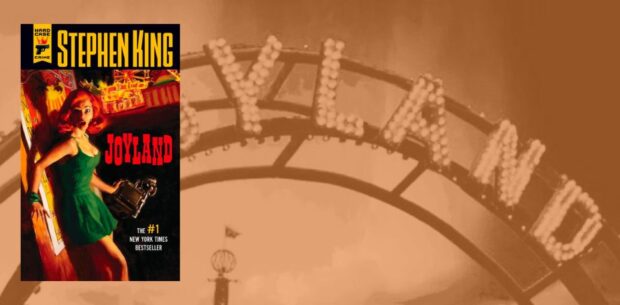
Joyland
It was a dark and stormy night. Or at least that’s how they’re meant to start, right? How about a whole summer? Released in 2013 as part of the Hard Case Crime series – King’s second following The Colorado Kid – it’s equal parts nostalgic pulp and ghost story. In other words, it’s written by Stephen King. King sets it up as a pulp noir set in a carnival, with young Devin Jones taking a job at the titular park in North Carolina. It might ostensibly be a crime novel, but it works best as a period piece, and sometimes it’s just a pleasure to spend some time with this group of people working the carnival scene. Hell, you might even start picking up some of the lingo. Connecting historic crimes, modern mystery and giant mascot costumes, it’s a taut and moody piece that’s equal parts coming of age and ghost story.
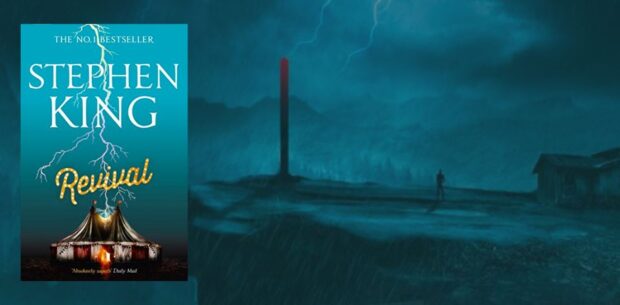
Revival
One of the things about REVIVAL, originally published in 2014, is that it is just as relevant now as it was a decade ago. Perhaps this is because the world is an even darker mirror of that time, and the revivalist preacher that haunts and taunts King’s protagonist is a microcosm of a broader socio-political influence we’ve seen across the world, and certainly in King’s United States. Inspired partly by Arthur Machen’s The Great God Pan and Mary Shelley’s Frankenstein, King’s tale of obsession and faith takes a Lovecraftian turn later in the piece. Some may argue that this takes the book too far away from its original setting, which is a series of character pieces that King does so well. Yet Constant Readers know that there are other worlds than these visible through the thin gaps in reality, and like the best revivalist preachers, he’s merely pulling back the curtain to make the cosmic nightmare visible.
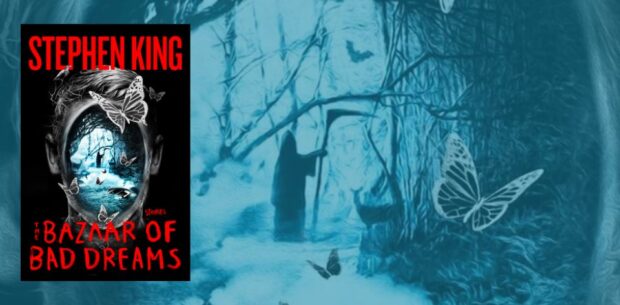
Bazaar of Bad Dreams
King’s sixth collection of short stories, and his tenth collection overall, is arguably one of his most eclectic – in all the best ways. It opens with the unnerving Mile 81, a spiritual successor to Christine (or the short story Trucks before it) in which a very bad car does very bad things. Yet the volume also touches on the heartbreak and small miracles of living near someone with Alzheimers (Batman and Robin Have an Altercation), the moral philosophy of violence (Morality), the experience of living as a gay man during the height of the AIDS epidemic (Mr. Yummy) or simply and acutely observing society (Herman Wouk Is Still Alive).
The Little Green God of Agony is a classic King short story, in which one man’s chronic pain is personified by a demon that can be exorcised. Of course, that means letting it out of the body. Similarly, Bad Little Kid – originally only published in French and German languages – follows a man plagued by the actions of the titular boy who keeps turning up like a bad penny. There’s a lighter side though, with Drunken Fireworks following a lakeside fireworks competition that escalates dramatically and ends with a comical wink.
A favourite of mine, especially given my fondness for The Dark Tower and its connections along the beam, is Ur. Originally published as a Kindle exclusive, this volume’s slightly revised edition follows what would happen if someone accidentally got their hands on a device that could download material from other worlds. Imagine a universe where Hemingway wrote twice as many novels, or you could see the news before it happened. It’s a perfect mix of ‘what ifs’ and terrifying possibility. (The Dune also plays with premonition, but in a more Twilight Zone inspired scenario, while Obits gives the protagonist more direct control over the fate of others).
Likewise, Blockade Billy – about the incredible luck a the New Jersey Titans who adopted the eponymous player during the 1957 Major League World Series season – could happily sit alongside The Green Mile as a mirror image. King explores his love of baseball, the 1950s, and those simpletons who aren’t quite what they appear to be.
Despite these familiar touchstones, this is King showing us a more vulnerable and experimental side. Take The Bone Church, for example, a lyric poem (inspired partly by the style of Robert Browning) about a bar patron who asks for drinks in return for his stories about dark expeditions. King, on the other hand, simply asks us for our time and some of our coin in return for his tales – and we’re all the richer for it.
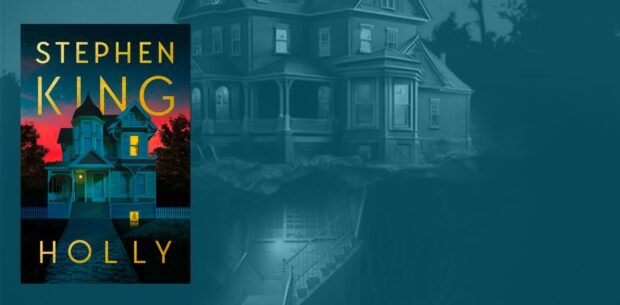
Holly
The titular Holly Gibney, first introduced in Mr. Mercedes and the Hodges trilogy – and last seen flying solo in The Outsider and If It Bleeds – finally gets her name on the cover. Like some of King’s best work, it splits its time between the past and the present. A couple with an appetite for the macabre believe they can extend their lives through their wicked activities. Later, in the time of Covid, Holly investigates a series of disappearances. Naturally, the two stories align at some point. (Curiously, the pandemic backdrop is at once familiar and feeling further away from our reality). Definitely one of King’s more political pieces, and arguably one of the darker versions of his detective novels, it’s all the more frightening for its lack of overly supernatural themes. Let the tales of Holly continue until King has stopped writing.
When Constant Reader returns in 2024, and it will return, it’s time to go once again around the horn with a reread of The Dark Tower saga – and maybe a few old favourites I haven’t written about yet. Soon Roland will raise the Horn of Eld. And blow.
